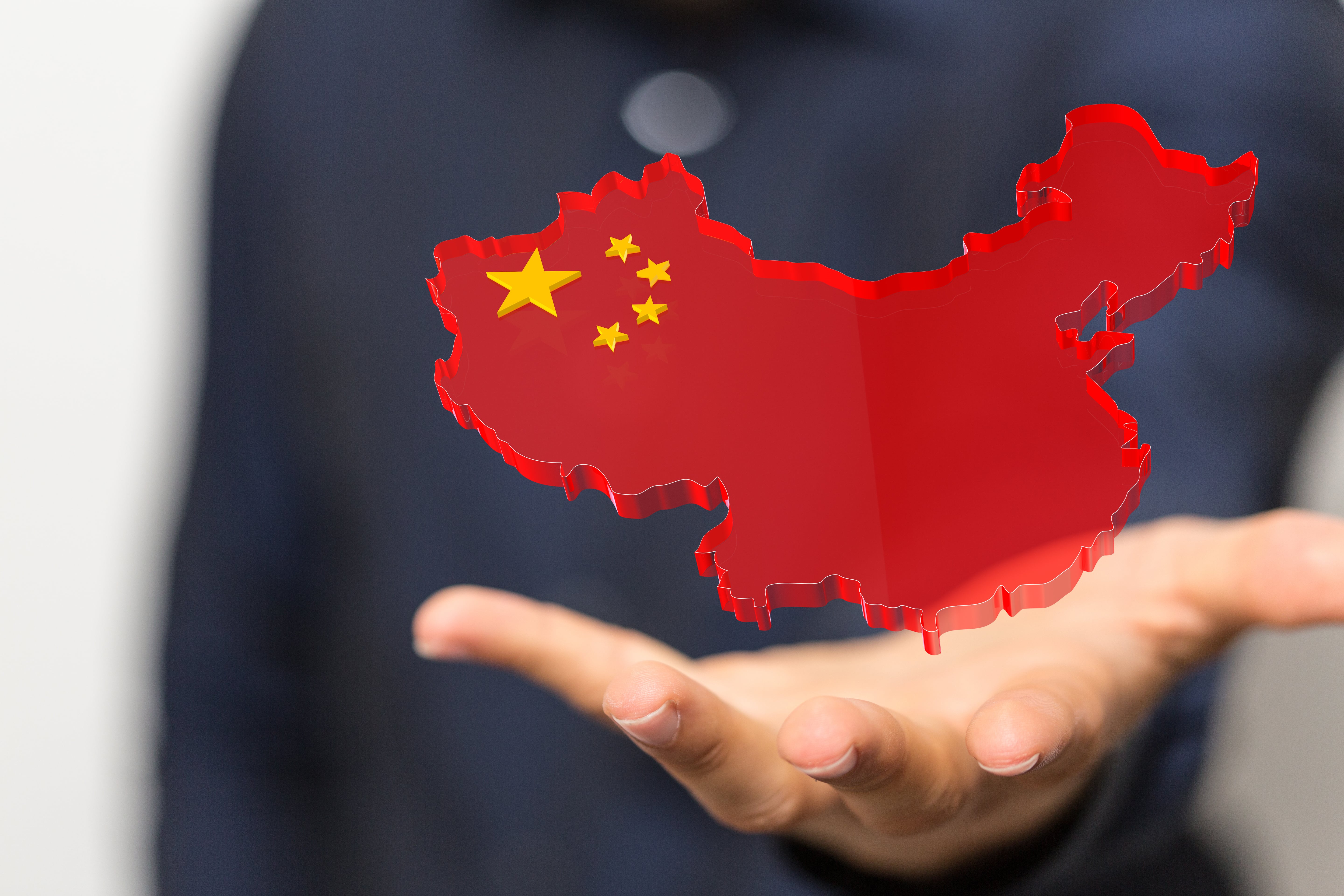How Drug Shortages Affect Drug Pricing in China
A study explores how supply and demand impact the value of medication.

As previously reported by Pharmaceutical Commerce, drug shortages are an issue that impacts a multitude of regions—including the United States, along with Europe and the UK. China has also felt these challenges.
A paper published by Frontiers in Public Health1 not only dove into the impact of drug shortages on prices, but also explored the effects of shortage prevention policies. Experts analyzed monthly procurement data from April 2019 to December 2021 from 31 local Centralized Drug Procurement Service Centers. The data featured all public medical institutions (538,767 institutions) in China, and included basic information from the 163 analyzed drugs, including drug name and manufacturer, dosage form and strength, quantity ordered and delivered, and total expenditure. In this particular study, the hospital sector was chosen because in China, they are the source for the majority of dispensed medications.
China defines a shortage as when an approved drug with clinical necessity and irreplaceability is either in short or unstable supply during a period in a specific region.2 Keeping this definition in mind, the National Health Commission released two different lists in December 2020: the National Shortage Drug List, featuring drug products that endured a shortage in more than three provinces, and the National Key Monitoring List, which includes drugs that are at a high risk of enduring a national shortage.3 In total, there were 57 chemical entities, equaling 163 different drug products with different combinations of active ingredients, dosage, and form of administration.3
The aforementioned timeframe (April 2019 - December 2021) was divided into 33 monthly intervals; the unit price of each drug market was calculated by dividing the overall drug expenditure for that product by the quantity of the drug purchased. The drug prices were adjusted to reflect 2019 levels using the consumer price index.4 As for drug shortages, they were able to be quantified by measuring the monthly delivery rate, done by dividing the actual delivery quantity by the total quantity of product ordered.5-8 As suggested by the National Healthcare Security Administration, a drug market is considered to be undergoing a shortage if the calculated monthly delivery rate was less than 40%.
The study was split into three timeframes, all of which are mutually exclusive: the pre-shortage period, which were months before the drug shortage; the shortage period, the months during which the drug was experiencing the shortage, which was considered the 5 months succeeding the shortage period; and the post-shortage period, which were the months after the drug shortage was resolved. It’s also important to note that only the longest-lasting shortage was examined, with the first shortage being selected if there were multiple with the same length.
When it comes to determining how drug shortages influence prices, the law of supply and demand proved to be true, as prices increased during the shortage periods, due to greater bargaining power from remaining suppliers.9 Growth rates during the post-shortage periods also decreased, but drug prices continued to rise after the drug shortage was resolved.
Results indicated that shortages signify noteworthy price increases of the markets involved with the study, specifically low-priced markets; the shortage resolution help limit the growth. After noting that “no prior study has examined the impact of shortages on drug prices on a national scale and whether the low price was still the primary driver in China,” upon conclusion of the study, the main shortage driver has changed to other factors, including the unavailability of active pharmaceutical ingredients.
“We suggest the government paying more attention to other drivers of shortage, not just the low price, to prevent or address the drug shortages,” the authors wrote. “In addition, for sole-supplied drugs, the expedited review of applications from other manufacturers should be considered to form a perfect competitive market.”
References
1. Hu S, Zhang J, Li J, Zhang J, Pan M, Xiang C, Dave CV, Yang C, and Fang Y (2023). The impact of drug shortages on drug prices: evidence from China. Front. Public Health. 11:1185356. doi: 10.3389/fpubh.2023.1185356
2. National Health Commission of the People’s Republic of China. Notice on the management rules of the national shortage drug list. (2020). Available at: http://www.gov.cn/zhengce/zhengceku/2020-04/24/content_5505943.htm (Accessed November 21, 2022).
3. National Health Commission of the People’s Republic of China. Notice on the release of the national shortage drug list. (2020). Available at: http://www.nhc.gov.cn/yaozs/s7653/202012/f30aad8ec4ba48a9afa2e559f4d20e7c.shtml (Accessed November 21, 2022).
4. National Bureau of Statistics. National Annual Statistical Bulletin. (2022). Available at: http://www.stats.gov.cn/search/s?qt=CPI (Accessed November 21, 2022).
5. Tang, Y, Liu, C, and Zhang, X. Delivery of essential medicines to primary care institutions and its association with procurement volume and price: a case study in Hubei Province, China. Appl Health Econ Health Policy. (2017) 15:57–64. doi: 10.1007/s40258-016-0276-8
6. Yao, C, Bing, B, and Tao, D. Effect on implementing essential medicine system at primary healthcare institutions in Anhui province. Chinese J Health Policy. (2013) 6:31–5.
7. Rixiang, X, Xiongwen, L, Xuefeng, X, Fanrong, W, Tao, X, and Jun, L. Investigation on current situation of medicine supply in primary health care institutions of Anhui province. China Pharm. (2018) 29:735–9.
8. Mao, L, Lucan, J, Linan, Z, Yang, Z, Ge, G, and Lingli, Z. Construction of tracking assessment methods of resolution execution of WHO essential medicine accessibility. Chin J Evid Based Med. (2019) 19:1145–50.
9. Zhongde, Z, Xinxing, P, and Yuanyuan, M. Western economics vol. 201708. 2nd ed. Beijing, China: Posts & Telecom Press (2017). 330 p.
Newron, Myung In Pharm Form Partnership Centered Around Treating Schizophrenia in South Korea
January 14th 2025The license agreement will feature an upcoming Phase III trial and—depending on results—the development, manufacturing, and commercialization of evenamide as a potential treatment option.